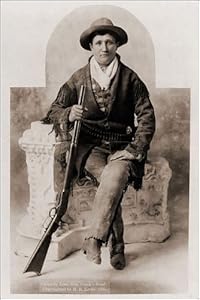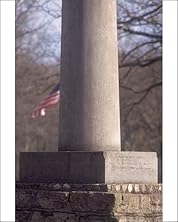 How did Martha Jane Canary get the name Calamity Jane?
How did Martha Jane Canary get the name Calamity Jane?In her autobiography, Life and Adventures of Calamity Jane, Canary says it came from a Capt. Egan whom she rescued during an Indian fight:
“When fired upon Capt. Egan was shot. I was riding in advance and on hearing the firing turned in my saddle and saw the Captain reeling in his saddle as though about to fall. I turned my horse and galloped back with all haste to his side and got there in time to catch him as he was falling. I lifted him onto my horse in front of me and succeeded in getting him safely to the Fort. Capt Egan on recovering, laughingly said: 'I name you Calamity Jane, the heroine of the plains.' I have borne that name up to the present time."
In his recently published biography, Calamity Jane: The Woman and the Legend, James D. McLaird dismisses her story as fictional. The only "Capt. Egan" on the plains at the time served at Fort Laramie and there is no record of him being injured in an Indian fight. His only recorded encounter with Canary was ordering her out of the fort after impersonating a soldier.
Life and Adventures of Calamity Jane
Calamity Jane: The Woman and the Legend
Artwork: Calamity Jane
Out of the Past: History Lessons






